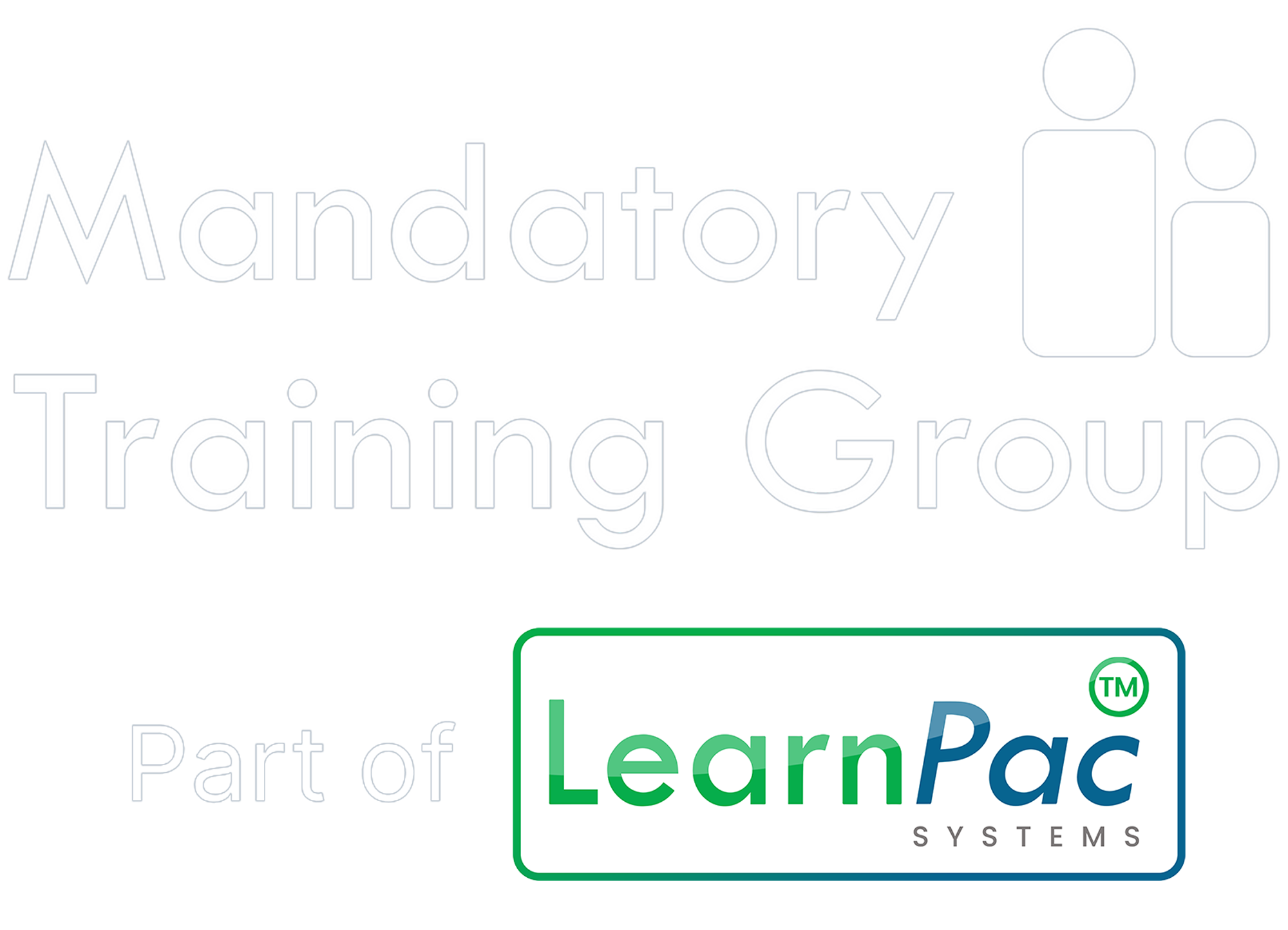You have no items in your shopping basket.
Elsie Rodas
04-06-2025
Can one system fix fragmented training in regulated sectors?
Image by nuttapong_mohock via Envato Elements
Discover how integrated LMS and TMS platforms can streamline compliance, reduce risk, and transform fragmented training into a system of continuous improvement
In today’s high-stakes regulatory environment, managing training compliance with spreadsheets or manual tracking systems is no longer a sustainable approach. For organisations operating in sectors like health and social care, education, finance, and public services, compliance isn’t just a reporting obligation - it’s a frontline priority.
And yet, many providers still struggle with disjointed systems, administrative bottlenecks, and fragmented data when it comes to training management. The result? Increased risk of non-compliance, wasted time, and vulnerable service users.
As someone who has worked across clinical, policy, and education environments, I’ve seen how the right digital tools can help organisations move from reactive firefighting to proactive compliance and continuous workforce development.
In this blog, we’ll explore how Learning Management Systems (LMS) and Training Management Systems (TMS), especially when integrated, can simplify compliance, reduce risk, and build a stronger, safer workforce.
What are LMS and TMS, and why do they matter?
To start, it’s essential to understand the distinction between LMS and TMS platforms.
- Learning Management System (LMS) - A platform for delivering and tracking digital learning, such as e-learning modules, assessments, and certification. It centralises all learning content, ensuring consistent delivery and performance tracking.
- Training Management System (TMS) - A system that manages training operations, including scheduling classroom or face-to-face sessions, tracking attendance, assigning trainers, managing training budgets, and logging audit trails.
When used together, an LMS and TMS provide end-to-end visibility and control over workforce development, bridging the gap between learning content and operational delivery.
The urgency of automation in regulated settings
In regulated environments, training gaps are more than inconvenient - they can be dangerous. Service closures, enforcement action, and reputational damage often stem from poor compliance management.
Automation helps mitigate these risks, especially when:
- Staff turnover is high
- Training needs vary by role or department
- Requirements change frequently
- Training is delivered in both digital and classroom formats.
Relying on manual processes simply can’t keep up with this level of complexity. Automating compliance transforms training from a static requirement into a strategic asset.
5 key benefits of automating training compliance
The following are five key benefits of automating training compliance for regulated organisations:
1. Real-time compliance visibility
With a connected LMS and TMS, managers can instantly view compliance status across roles, sites, or departments. Visual dashboards eliminate guesswork and provide evidence-based insight for inspections, audits, and internal reviews.
No more chasing paperwork. No more spreadsheet confusion.
2. Automated scheduling and notifications
Staff receive automatic alerts when training is due or overdue. Assignments can be generated based on job role, contract type, or location. If trainers are unavailable, the system can automatically reschedule sessions or reallocate facilitators.
Automation reduces admin time and ensures no one falls through the cracks.
3. Instant, audit-ready reporting
Whether it’s CQC, Ofsted, or another regulator, compliance reporting is inevitable. A smart LMS/TMS allows you to generate reports that are timestamped, validated, and ready to submit at the click of a button.
For example, with ComplyPlus™, you can instantly export role-specific compliance data, reducing prep time and increasing accuracy during inspections.
4. Customised learning pathways
Different job roles demand different training. A support worker may need safeguarding, moving and handling, and medication training, while a senior practitioner might need clinical supervision and leadership development.
With a digital system, training pathways can be built and automatically assigned based on role, contract, or skill level. As job roles evolve, so do the training requirements.
5. Minimised compliance risk
Automated systems provide built-in safety nets, flagging overdue training, escalating unresolved tasks, and keeping management informed.
This proactive approach helps prevent non-compliance before it becomes a crisis, ensuring both workforce safety and operational resilience.
Real-world example - From manual chaos to digital clarity
Consider this scenario: A care organisation with five service locations and over 300 employees tracked training manually via spreadsheets. When a CQC inspection was announced, records were incomplete, inconsistent, and in some cases, missing.
After implementing ComplyPlus™ LMS and TMS, the transformation was immediate:
- All records were digitised and accessible in one central platform
- Compliance gaps were addressed before inspection
- Automated dashboards gave site managers up-to-date visibility
- Training was directly mapped to internal policies and job functions.
The outcome? The provider passed inspection with confidence and shifted from reactive compliance to a culture of continuous learning and accountability.
Choosing the right LMS/TMS for compliance
Not all systems are created equal. When evaluating your options, look for platforms designed for compliance-focused environments.
Key features to prioritise:
- Built-in regulatory frameworks: e.g. CQC, Ofsted, Skills for Care-aligned content
- Multi-site and multi-role capabilities: especially important for dispersed teams
- Mobile access and live dashboards: for instant updates and management insight
- Blended learning tools: trainer packs, assessments, and practical competency checklists
- HR/payroll system integration: to support onboarding and role-based training allocation.
ComplyPlus™ was designed with these needs in mind, co-created with training managers, compliance officers, and frontline leaders to solve the real-world challenges of regulated sectors.
Compliance as a foundation for workforce development
When training systems are structured, strategic, and streamlined. They don’t just meet regulatory expectations, they drive real organisational improvement.
Automated training systems support:
- Safer, more competent staff
- Higher retention and staff satisfaction
- Clear development pathways and CPD tracking
- More resilient, inspection-ready organisations.
In short, automation enables organisations to raise standards, not just maintain them.
Final thoughts - From manual to mastery
Digital automation is not about replacing people - it’s about equipping them with the tools to perform their jobs safely, confidently, and in compliance.
With the right LMS and TMS in place, training becomes more than an obligation. It becomes a lever for improvement, leadership, and operational success.
If your organisation still relies on manual training systems, now is the time to ask:
‘’Are we truly inspection-ready, or just hoping for the best?’’
‘’Are we truly inspection-ready, or just hoping for the best?’’
Ready to move from fragmented training to full compliance
Still juggling spreadsheets, chasing certificates, or scrambling before inspections? You are not alone. In regulated sectors, manual training systems create risk, waste time, and make compliance more complicated than it needs to be.
ComplyPlus™ brings everything together in one platform. From tracking online accredited courses to managing classroom sessions and trainer records, ComplyPlus LMS and TMS help you automate compliance, monitor performance, and stay inspection-ready.
Build a smarter training system that supports continuous improvement, safer services, and confident reporting at every level.
About the author
Elsie Rodas
Since its inception, Elsie, a vital pillar at LearnPac Systems, has seamlessly crafted and implemented commercial strategies as part of the Senior Management Team, fueling accelerated growth and profitability. With over two decades in various healthcare settings, she possesses deep insights, finely tuning our offerings to meet client needs exceptionally.

Contact us
Complete the form below to start your ComplyPlusTM trial and transform your regulatory compliance solutions.




